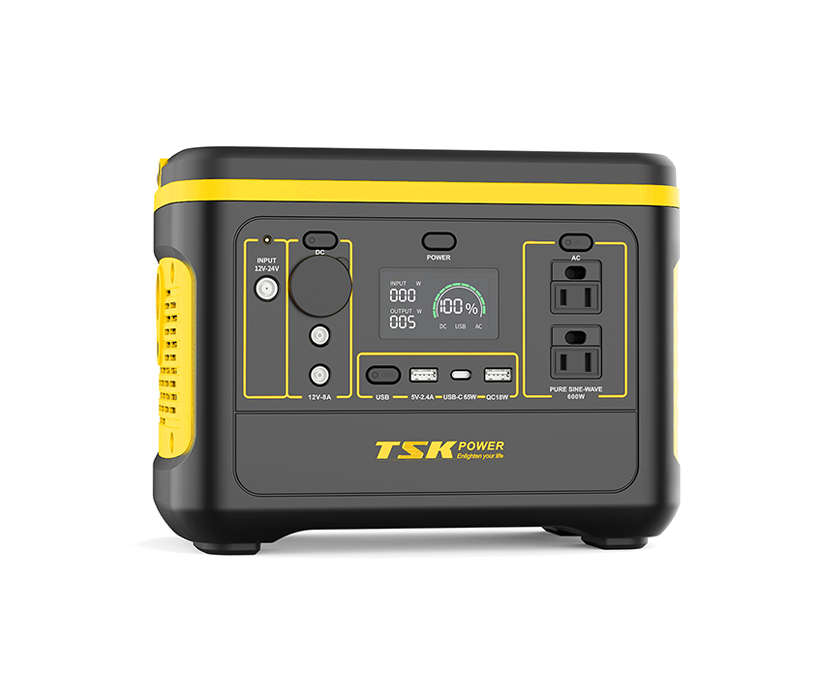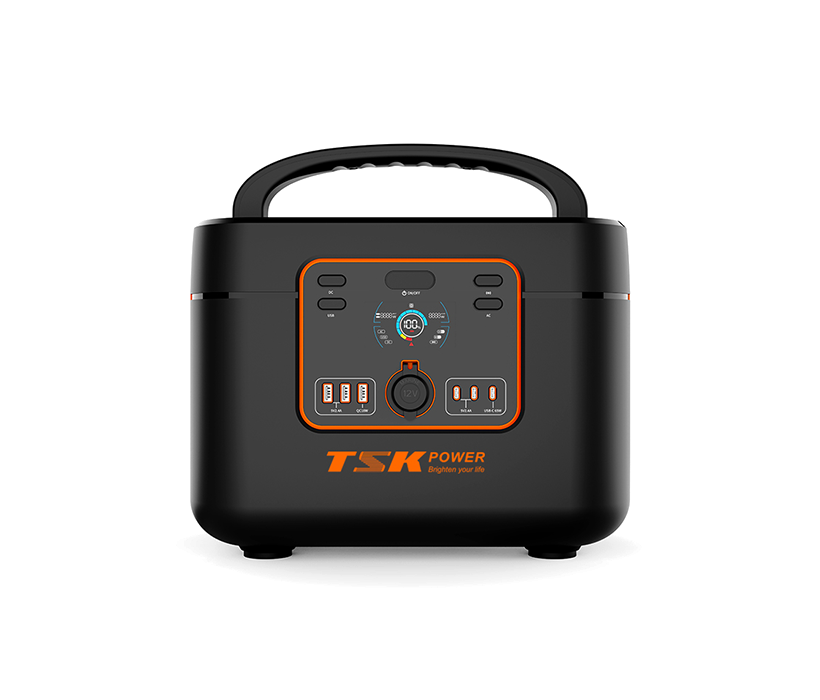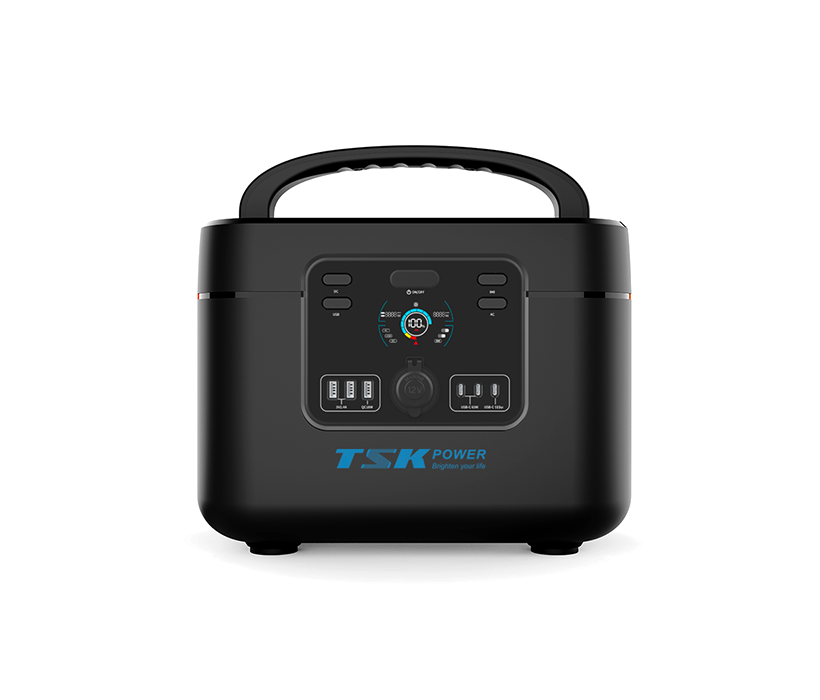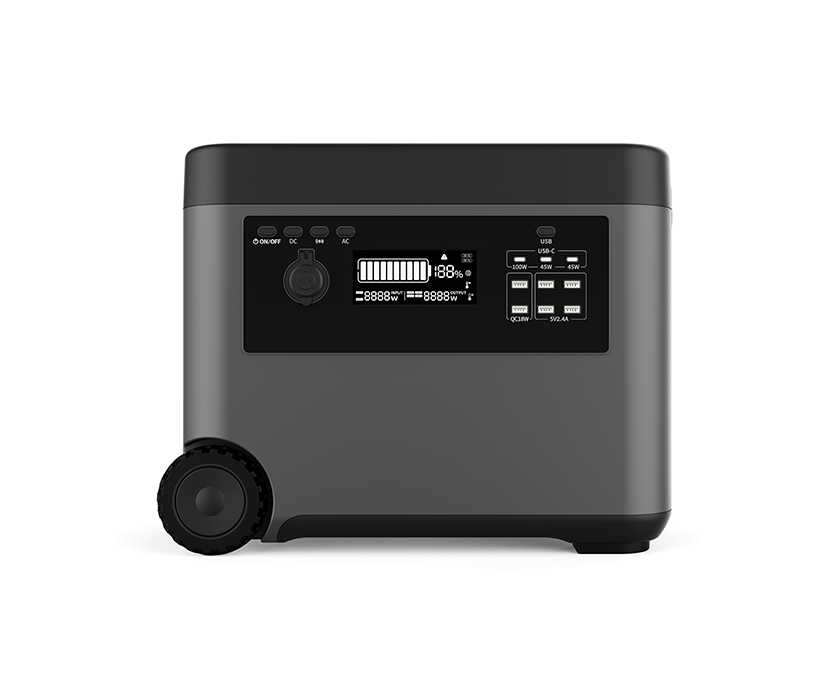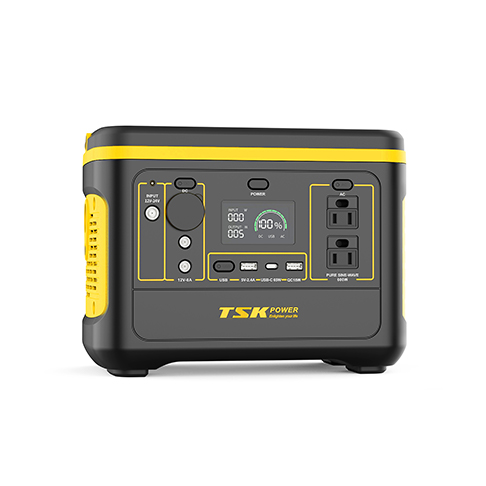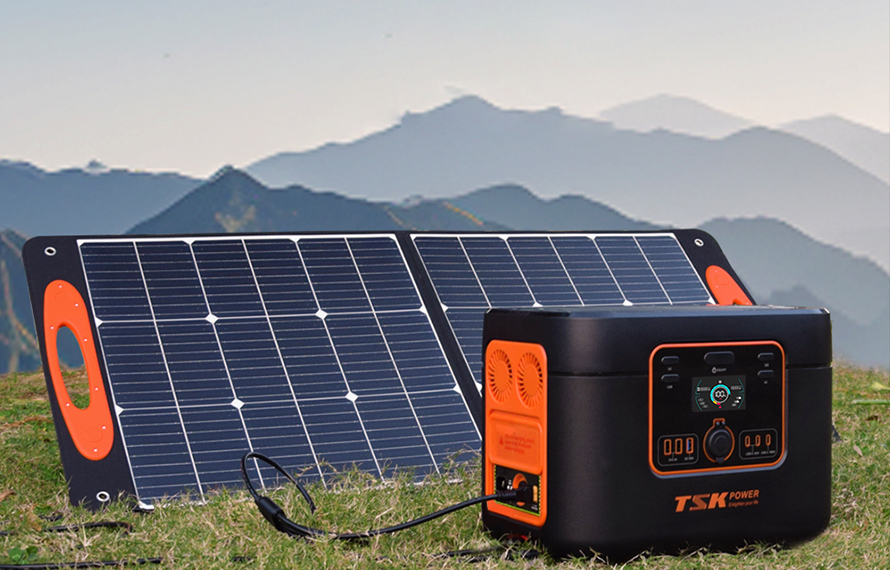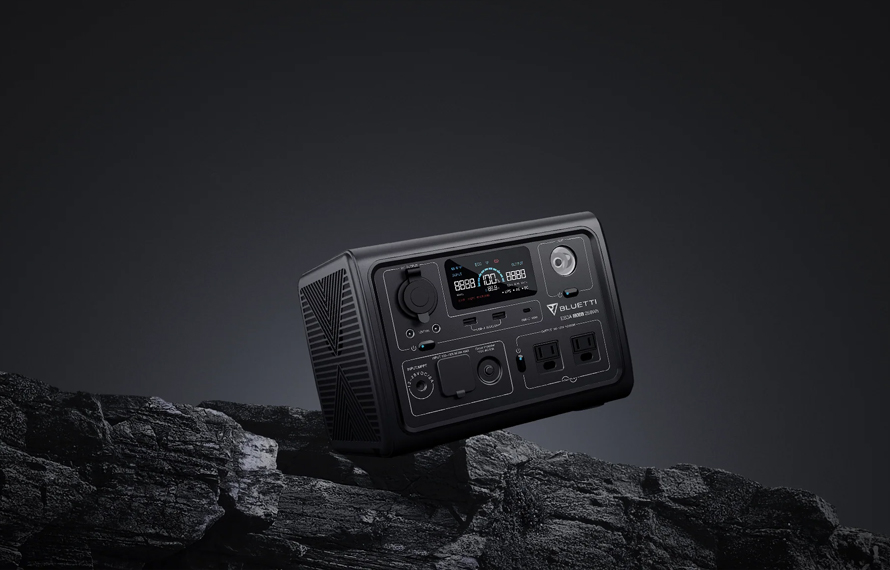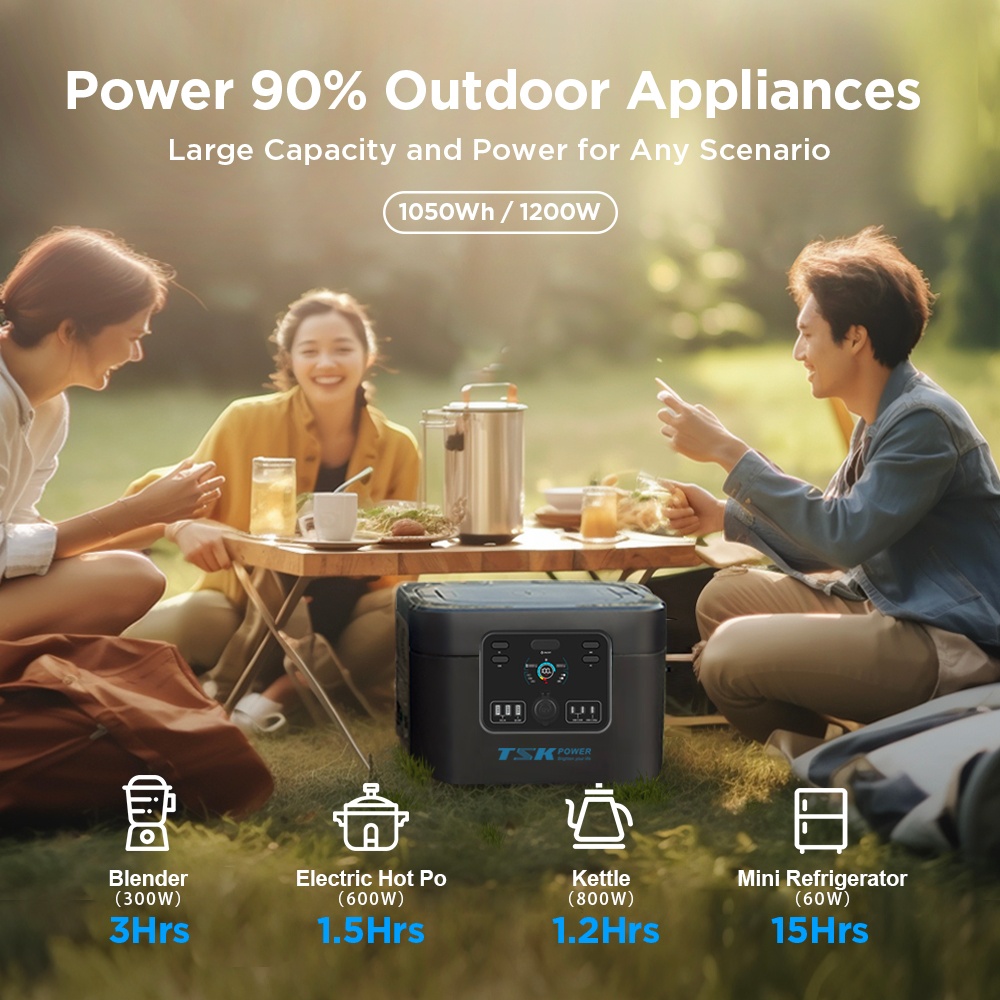How to use the wireless function of outdoor energy storage power supply? This is a very practical topic, because wireless charging allows us to charge mobile phones, headphones and other devices more conveniently outdoors without worrying about the entanglement and damage of data cables. In this article, I will introduce the principles, advantages and usage methods of some common wireless functions of outdoor energy storage power supplies.
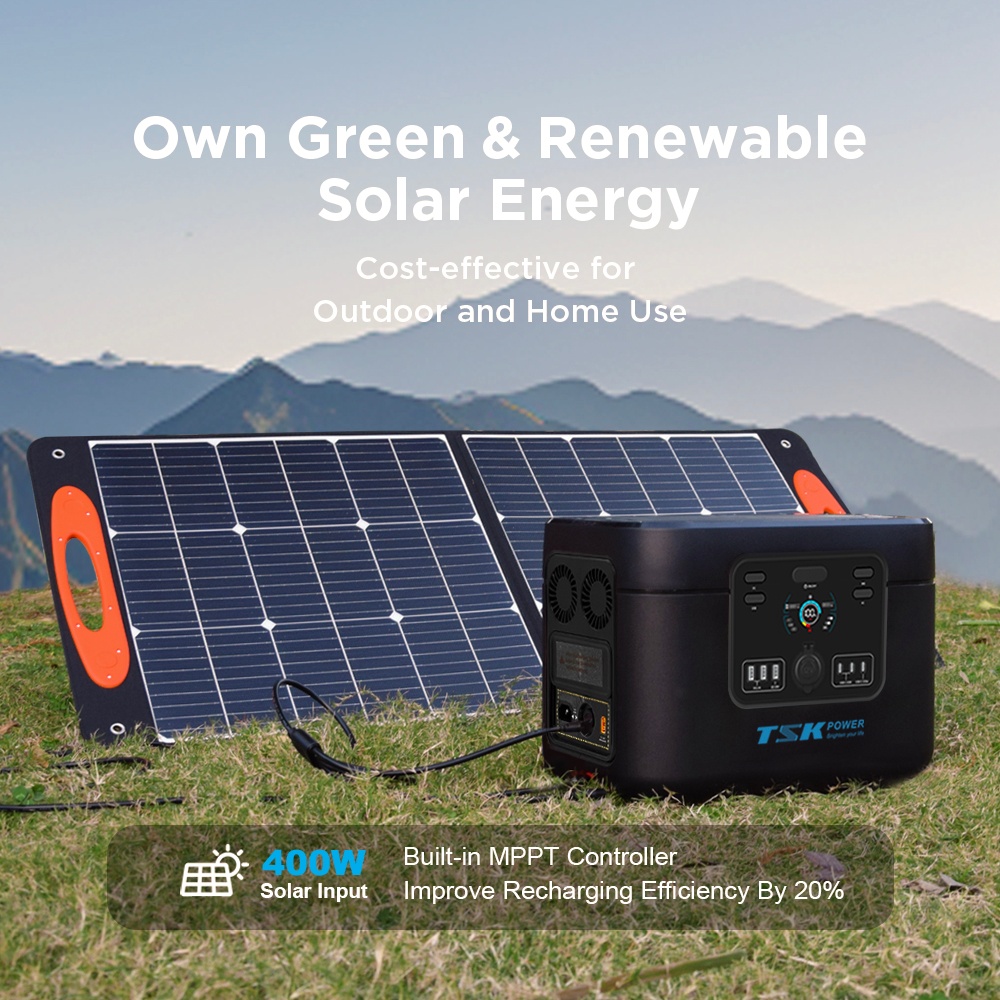
Principles of wireless charging
Wireless charging is a technology that uses electromagnetic induction or magnetic resonance to transmit electrical energy through electromagnetic waves in the air. Simply put, it is to generate an alternating magnetic field through a transmitter (such as an outdoor energy storage power supply), and then induce an alternating current in this magnetic field through a receiver (such as a mobile phone), thereby achieving wireless charging1.
Advantages of wireless charging
Wireless charging has the following advantages over wired charging:
Convenient: Wireless charging does not require plugging and unplugging of data cables. As long as the device is placed in the wireless charging area of the outdoor energy storage power supply, it can automatically start charging, saving time and energy.
Safety: Wireless charging has no exposed metal contact points, and there is no risk of short circuit or electric shock due to water, dust, etc., nor will the interface become loose or damaged due to too many plugging and unplugging times.
Environmental protection: Wireless charging reduces the use and replacement of data cables, reduces resource consumption and waste generation, and is more environmentally friendly.
How to use wireless charging
To use the wireless charging function of an outdoor energy storage power supply, you need to pay attention to the following points:
Check whether the device supports wireless charging: Not all devices support wireless charging. Generally speaking, devices that support wireless charging will be marked on their instructions or packaging. Currently, the mainstream devices on the market that support wireless charging include some mobile phones and headphones from brands such as Apple, Samsung, and Huawei.
Check whether the device meets the wireless charging standard: Different outdoor energy storage power supplies may use different wireless charging standards, such as Qi, AirFuel, etc. To achieve wireless charging, the device and the outdoor energy storage power supply must use the same or compatible standards. Generally speaking, the outdoor energy storage power supply will indicate the wireless charging standards it supports in its instructions or product pages3.
Properly place the device: To achieve efficient wireless charging, the device must be placed in the wireless charging area of the outdoor energy storage power supply and maintain a certain alignment and distance from it. Generally speaking, the outdoor energy storage power supply will indicate its wireless charging area on its body, and there will be an indicator light or sound prompt to start and end charging.
In short, the wireless function of outdoor energy storage power supply is a very convenient and safe technology that allows us to charge devices more easily outdoors.
 2024-04-16
2024-04-16
